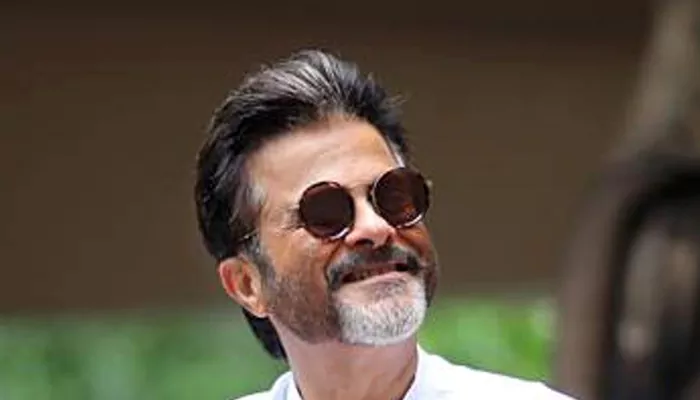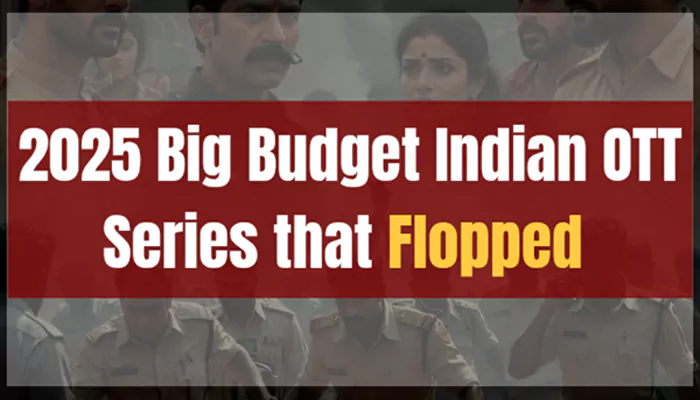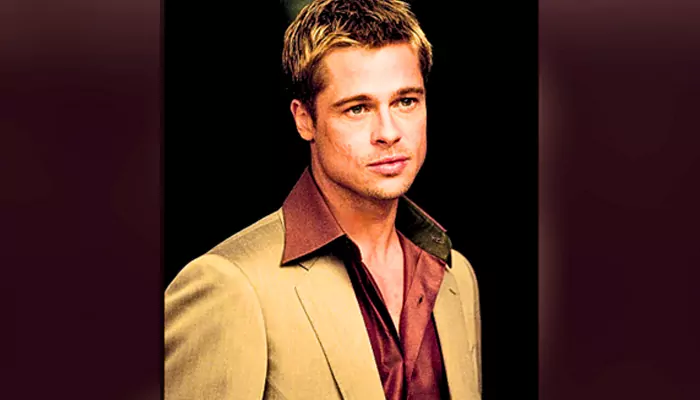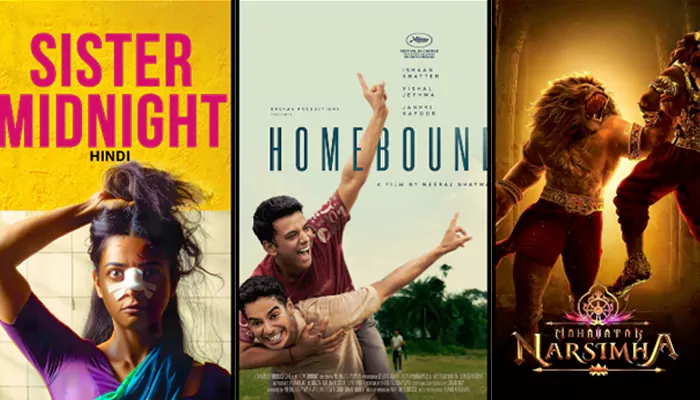Janmashtami 2025: Myth Meets Masala in These Iconic Krishna-Inspired Films
- Sanchari Das
- 4 months ago
- 3 minutes read
This Janmashtami, we revisit some of the most memorable portrayals where Krishna’s charm met the world of masala.
Indian cinema didn’t discover Krishna—it simply reimagined him. Long before CGI or multiplexes, Krishna graced the screen through devotional classics. These weren’t just films; they were moral mirrors, spiritual journeys, and cultural celebrations. Especially around Janmashtami, theatres would echo with conch shells and bhajans. Krishna wasn’t just a character. He was the hero.
The Golden Era of Devotion
Take Shri Krishna Leela (1971). It’s simple, even dated by today’s standards, but its innocence is unmatched. The film takes us through Krishna’s childhood, marked by butter-smeared smiles and divine mischief. It’s storytelling with a heartbeat—slow, melodic, but spiritually rich. Many who grew up watching it remember not just the plot, but the bhajans that stayed long after the credits rolled.
![]()
Animation Enters Vrindavan
As generations shifted, so did formats. Enter Krishna Aur Kans (2012), a 3D animated spectacle that brought his tales to life for kids who were more into cartoons than chants. The film featured demons, dances, and divine drama—but in a language children could understand. Similarly, Main Krishna Hoon (2013) employed a mix of part animation and part live-action. Krishna appears as a blue cartoon boy, guiding a young orphan who shares his name. It wasn’t just myth retold—it was myth retooled for the next generation.
![]()
Oh My God (2012): Krishna in a Suit, Asking All the Right Questions
In Oh My God, Krishna isn’t in a crown—he’s in a suit, riding a bike, and shaking up blind faith. Played charmingly by Akshay Kumar, this Krishna helps an atheist shopkeeper sue God after his shop is destroyed in an earthquake. The film mixes humour, courtroom drama, and spiritual depth.
It’s not mythology retold, but it channels Krishna’s core message—question, reflect, and don’t follow blindly. On Janmashtami, it’s a modern take that still rings with divine clarity.
![]()
When Bollywood Got Bold with Krishna
Some films didn’t stick to the scriptures. They took Krishna and ran—with sci-fi shoes and commercial swagger. Kalki 2898 AD (2024) is a recent example. Inspired more by apocalyptic urgency than pastoral Vrindavan, it showed Krishna in a futuristic avatar. The essence stayed—divine purpose, cosmic battle—but the backdrop was dystopian. It made you wonder: what would Krishna look like in a world gone wrong?
South India’s Timeless Take
Meanwhile, films like Mayabazar (1957) proved that myth could be mischievous. Here, Krishna wasn’t solemn; he was strategic, sly, and smiling. Played by N.T. Rama Rao, Krishna helps love bloom through illusions and laughter. It’s folklore, yes—but wrapped in joy and cinematic mastery. South Indian cinema has long known how to make the divine feel familiar.
Beyond India: Krishna in Pop Culture
Krishna’s influence hasn’t stopped at the subcontinent’s borders. Hollywood hasn’t portrayed him directly often, but his philosophies are reflected in. Think The Matrix, with its Gita-like questions of fate and choice. Even Oppenheimer quoted the Bhagavad Gita. When science, war, and morality collide—Krishna’s voice isn’t far behind. He’s more than myth. He’s metaphor.
A Festival Beyond Temples
Janmashtami in 2025 falls on August 16, and like every year, there will be fasting, songs, and temple processions. However, increasingly, homes will also feature projectors or screens. Watching Krishna on film is now part of how we celebrate. It's how the myth stays alive—not just in chants, but in frames, scripts, and soundtracks.












